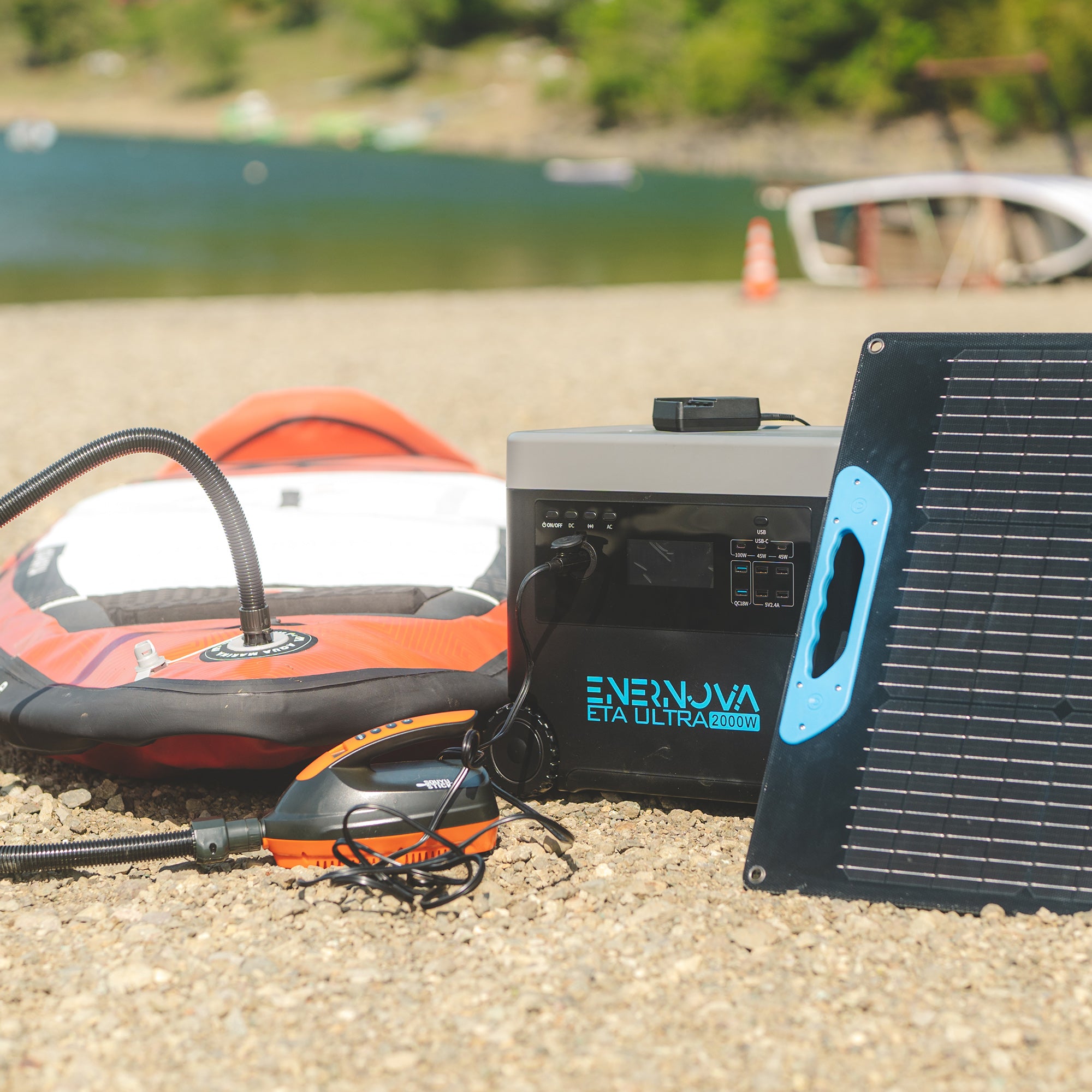𝐔𝐥𝐭𝐢𝐦𝐚𝐭𝐞 𝐆𝐮𝐢𝐝𝐞 𝐓𝐨 𝐓𝐞𝐫𝐧𝐚𝐫𝐲 𝐋𝐢𝐭𝐡𝐢𝐮𝐦 𝐁𝐚𝐭𝐭𝐞𝐫𝐲 𝐕𝐒. 𝐋𝐢𝐅𝐞𝐏𝐎𝟒 𝐁𝐚𝐭𝐭𝐞𝐫𝐲: 𝐖𝐡𝐢𝐜𝐡 𝐎𝐧𝐞 𝐈𝐬 𝐁𝐞𝐭𝐭𝐞𝐫?
As the world becomes more dependent on technology, the demand for efficient and reliable energy storage solutions continues to rise. Lithium-ion batteries have emerged as the go-to energy storage solution for portable devices and electric vehicles due to their high energy density, long cycle life, and low self-discharge rate.
However, not all lithium-ion batteries are created equal. Two of the most popular types of lithium-ion batteries are ternary lithium and LiFePO4 batteries. Both types have their own unique advantages and disadvantages, making it important to understand the differences between the two.
In this ultimate guide, we will explore the differences between ternary lithium and LiFePO4 batteries, including their chemistry, performance, and applications. By the end of this guide, you should have a better understanding of which battery type is better suited for your specific needs.
What is a Ternary Lithium Battery?
Ternary lithium batteries consist of a ternary polymer, lithium nickel cobalt manganate or lithium nickel cobalt aluminumate, where ternary lithium is a polymer containing three metal elements, nickel (Ni), cobalt (Co), manganese (Mn) or aluminum (Al), as the cathode of the ternary lithium ion battery; lithium is an electrolyte with lithium hexafluorophosphate as the electrolyte, while the cathode material is generally graphite. These batteries have high energy density and are known for their long life and high capacity. They are commonly used in electric vehicles, power tools and other applications with high energy requirements.
What is a LiFePO4 Battery?
A LiFePO4 battery is a type of lithium-ion battery that is made of lithium iron phosphate. The left side of the LiFePO4 battery is the positive electrode composed of LiFePO4 material with olivine structure, which is connected to the positive electrode of the battery by an aluminum foil. On the right side is the negative electrode of the battery composed of carbon (graphite), which is connected to the negative electrode of the battery by a copper foil. In the middle is the polymer diaphragm, which separates the positive electrode from the negative electrode, and lithium ions can pass through the diaphragm while electrons cannot. The battery is filled with electrolyte and the battery is hermetically sealed by a metal case.
These batteries are known for their long lifespan, low self-discharge rate, and high safety levels. They are commonly used in solar power systems, marine equipment, and other applications where safety and longevity are critical.

Ternary Lithium vs. LiFePO4: Which One Is Better?

What is right for you?
The answer to this question depends on your specific needs and requirements.If you need a battery with high energy density and space is limited, then ternary lithium batteries may be the better choice. However, if safety and longevity are a top priority, or if you need a battery with high power output, then LiFePO4 batteries may be the better choice.
Ultimately, the choice between ternary lithium and LiFePO4 batteries comes down to your specific application and requirements. It's important to do your research and choose the battery that best meets your needs.




















